Strict Upbringing: Why Kate Middleton’s Children Are Not Allowed to Eat with Their Parents
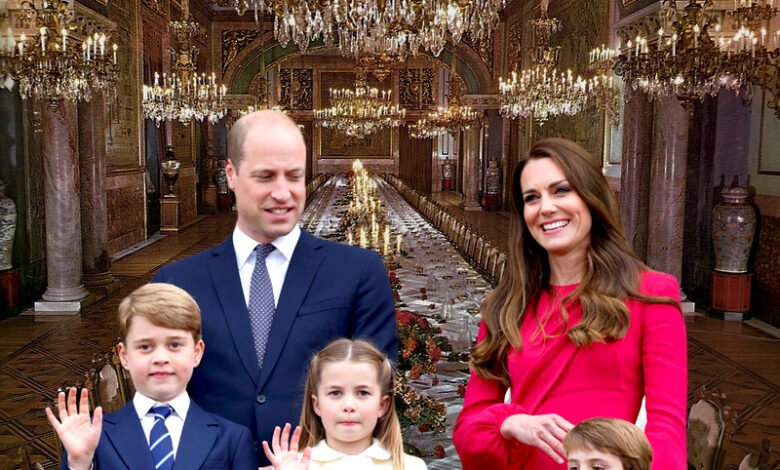
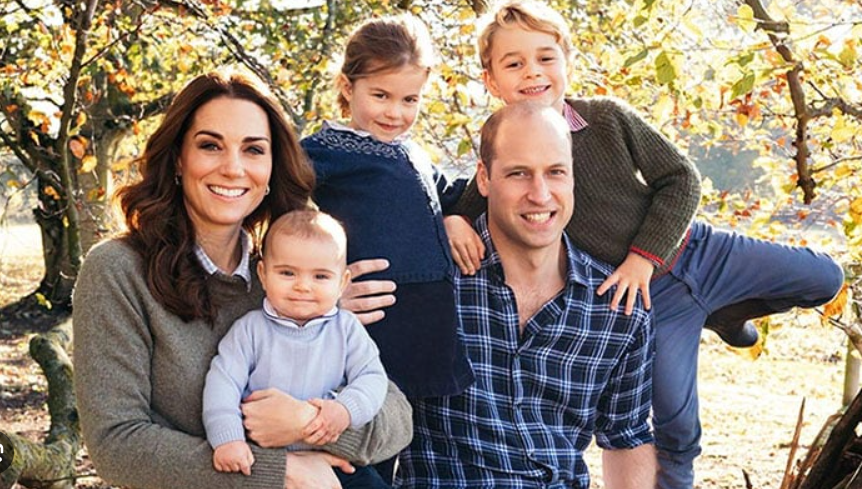
In the grand tapestry of British royal traditions, each thread carries its distinct hue and texture, contributing to a broader image of regal propriety and public fascination. Within this framework, the Duke and Duchess of Cambridge, Prince William and Kate Middleton, have woven their narrative, meticulously balancing the demands of their royal duties with the nurturing of their three children—Prince George, Princess Charlotte, and Prince Louis. Yet, amidst the vibrant threads of their lives, one particular strand stands out: the seemingly austere dining arrangement for their children.
At first glance, the rule that the Cambridge children often do not share meals with their parents might seem a harsh measure, possibly stirring images of lonely children sequestered away from the warmth of familial conversation. However, to understand this practice fully, one must consider the intricacies of royal etiquette and the unique challenges of raising potential future monarchs.
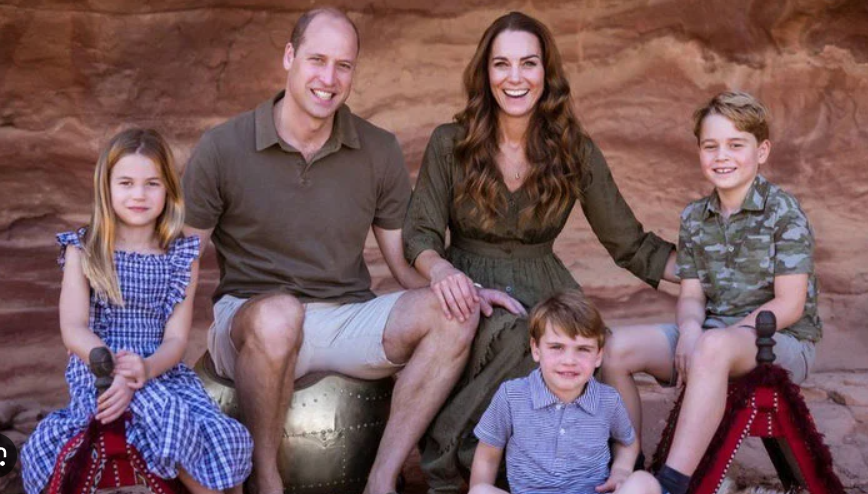
Historically, royal dining has always been more than mere sustenance; it is a ritualistic sphere where diplomatic gestures and social etiquettes are both displayed and scrutinized. Given the high-profile nature of guests frequently hosted by the Duke and Duchess—ranging from international dignitaries to senior royals—a controlled environment is paramount. It is in this context that the dining rule for the young royals emerges not as a punitive measure but as a thoughtful strategy tailored to their developmental stages.
According to Darren McGrady, a former chef to Queen Elizabeth II, Princess Diana, and Prince Harry, the decision to occasionally separate the children from the adult dining table is primarily based on their ability to adhere to the stringent codes of conduct expected at such gatherings. Young children are naturally inclined to playfulness and may not fully grasp the importance of formal dining decorum, which could lead to disruptions during meals that are part diplomatic part ceremonial.
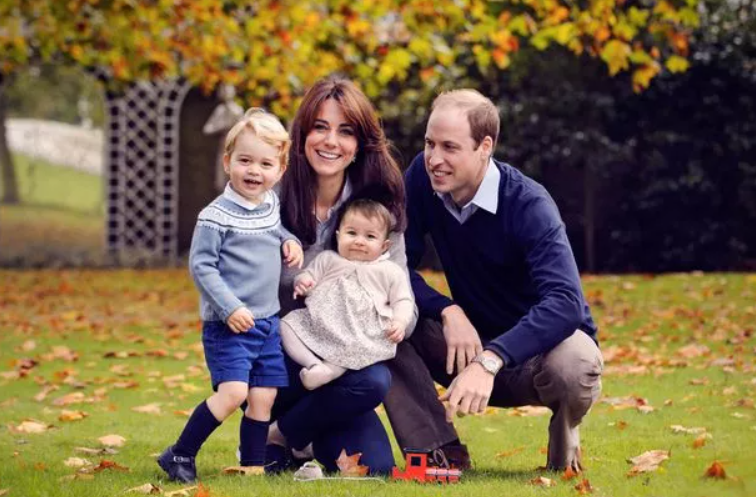
Prince George, now a decade old, is gradually beginning to join the adult table, a sign that such rules are adaptable and attuned to the children’s maturing understanding of their roles. However, for Charlotte and the spirited Louis, the journey to that milestone is still underway, marked by meals at the children’s table where the atmosphere is undoubtedly more forgiving of the jovial disruptions typical of youth.
It’s crucial to note that this arrangement is likely relaxed during private family dinners, which are rare but cherished occasions. When the stage is less formal, the Duke and Duchess prioritize fostering a close-knit family environment, ensuring their children feel included and valued. This balance between formal etiquette and familial intimacy illustrates the couple’s broader approach to parenting, where love and discipline are interwoven to prepare their children not just for the throne but for the public life that accompanies it.
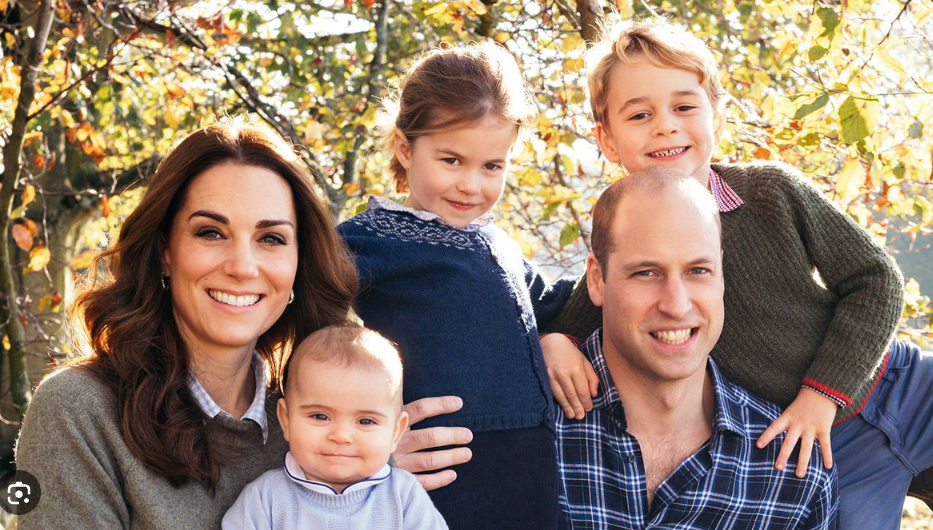
These moments away from the public eye—be it on family vacations or quiet evenings together—serve as essential counterbalances, ensuring that while the children are schooled in the responsibilities of their birthrights, they are also allowed the freedoms and joys of an unencumbered childhood. Such is the paradox of their existence, where personal development must perpetually align with public expectation.
Moreover, this distinct upbringing strategy sheds light on a more profound aspect of royal parenting—the anticipation of future roles. The Cambridge children are being groomed for a world stage on which every action, every choice, will be under more intense scrutiny than most can fathom. In this regard, learning to navigate the complexities of royal duties from a young age, including mastering the art of dining etiquette, is indispensable.
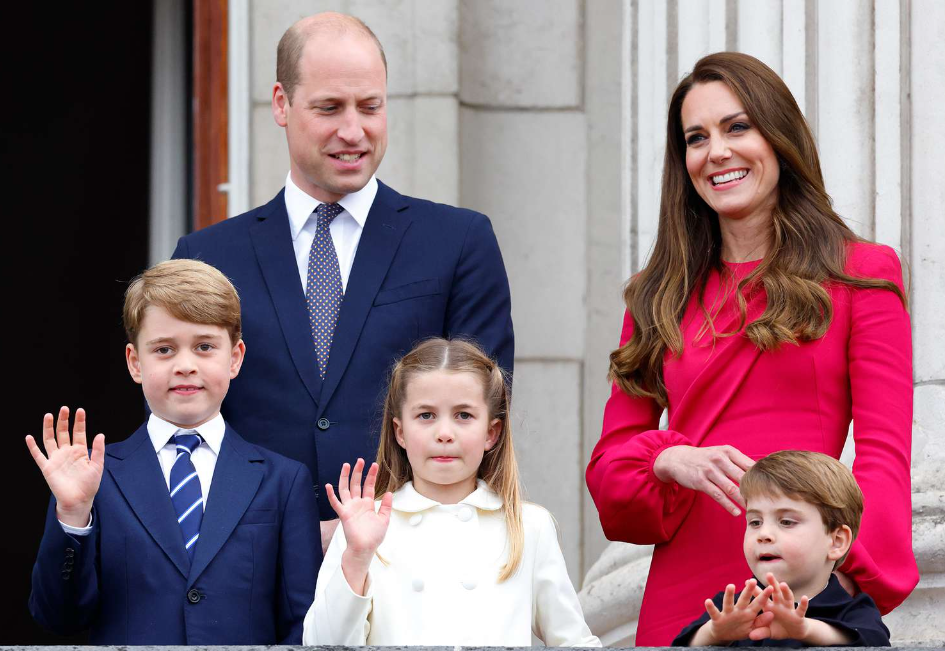
In conclusion, while the dining rule at the Cambridge household might seem stringent, it is a calculated component of a broader educational paradigm designed to equip George, Charlotte, and Louis with the skills necessary for their future roles. Through this lens, the practice is not merely about maintaining decorum but about instilling a sense of responsibility and awareness of the sphere they will one day inherit.
As spectators and admirers of the royal family’s public narrative, it becomes imperative to understand these nuances, recognizing that each decision is layered with broader implications, designed not just for the present but for a regal bearing that will define the future. Thus, in the grand dining halls and beyond, the training of a future king and his siblings continues, thoughtfully veiled behind the rituals of royal decorum.





